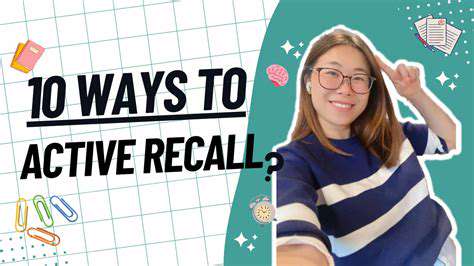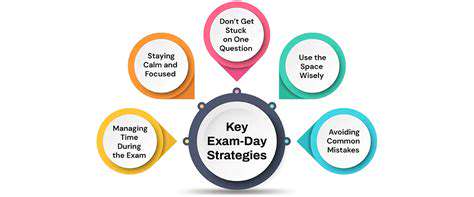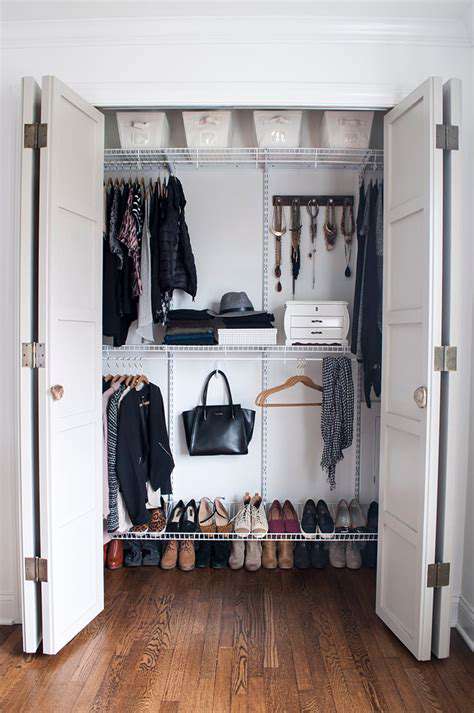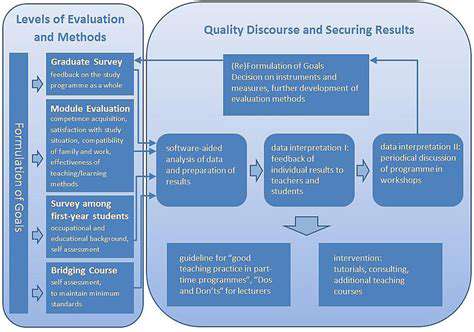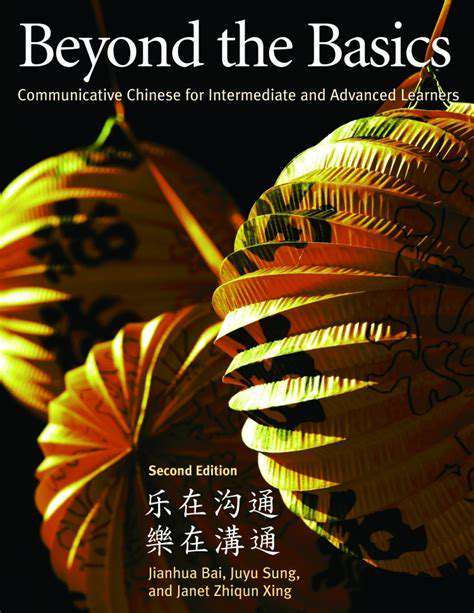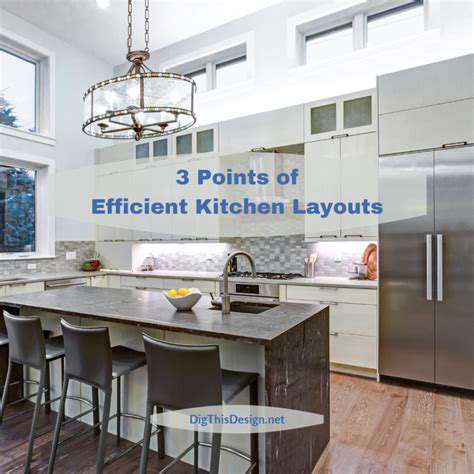How to Keep Your Home Organized Daily
Taming the Kitchen Chaos
Your kitchen shouldn't feel like a war zone every time you cook. The solution lies in strategic zoning—designate specific areas for prep, cooking, and storage. Clear glass containers for pantry items aren't just pretty; they eliminate the what's in this mystery box? dilemma. Keep your most-used tools within arm's reach of their primary use area—that colander belongs near the sink, not buried in a cabinet.
Post-meal cleanup is non-negotiable. Those I'll do it later crumbs become tomorrow's frustration. Five minutes now saves thirty minutes later—wipe counters, load the dishwasher, and store leftovers immediately. Drawer dividers transform chaotic utensil jumbles into orderly systems. And here's the hard truth: if you haven't used that avocado slicer in two years, it's time for it to go. Regular purges of expired food and single-use gadgets keep your kitchen functional rather than frustrating.
Mastering the Art of Decluttering Zones
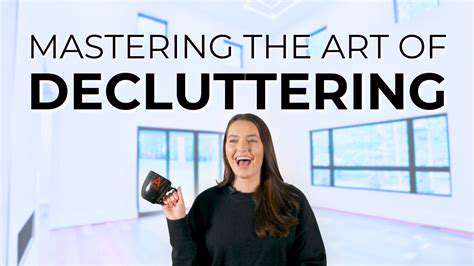
Uncovering the Roots of Clutter
That pile of maybe someday items isn't just physical baggage—it's emotional weight. Understanding why we cling to unnecessary possessions is the real key to freedom. Are you keeping those college textbooks because of nostalgia or actual utility? Often, we confuse objects with memories or security blankets.
Developing a Decluttering Strategy
Attempting to overhaul your entire home in one weekend is a recipe for burnout. Divide and conquer works best—focus on one category (like books) or one zone (perhaps your home office) per session. Set tangible goals: Today I'll sort through all my t-shirts beats the vague I'll organize my closet. Celebrate each completed section—that positive reinforcement builds momentum.
The Power of Minimalism
Minimalism gets misrepresented as stark emptiness, but it's really about curation over deprivation. When evaluating possessions, ask: Does this serve my current life? Not Could this be useful someday? This mindset shift reduces impulse buys and makes maintenance effortless.
Practical Decluttering Techniques
The KonMari Method's spark joy test works surprisingly well for sentimental items. For everyday objects, implement the 90-day rule: if you haven't used it in three months, reconsider its necessity. Seasonal exceptions apply, of course.
Organizing for Efficiency
Clearing clutter is only half the battle—intelligent storage prevents regression. Use clear bins for rarely-used items, drawer organizers for daily essentials, and vertical files for paperwork. The golden rule: every item needs a designated home, not a temporary landing spot.
Embracing a Sustainable Lifestyle
True decluttering is an evolution, not a one-time purge. Monthly maintenance sessions (set a calendar reminder!) keep accumulation in check. Before purchases, ask: Where will this live in my home? If there's no clear answer, reconsider.
The Psychological Benefits of a Clutter-Free Space
Neuroscience confirms what we instinctively feel—visual chaos increases cortisol levels. The inverse is equally true: orderly spaces promote mental clarity. Notice how you breathe easier in hotel rooms? That's the power of intentional space design.
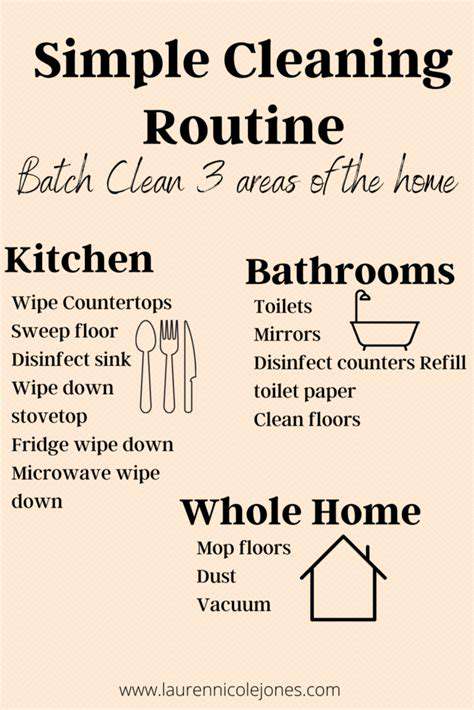
Chronic disorganization can exacerbate anxiety symptoms, creating a vicious cycle of stress and clutter. Physical tension often mirrors environmental chaos—another compelling reason to prioritize order.
